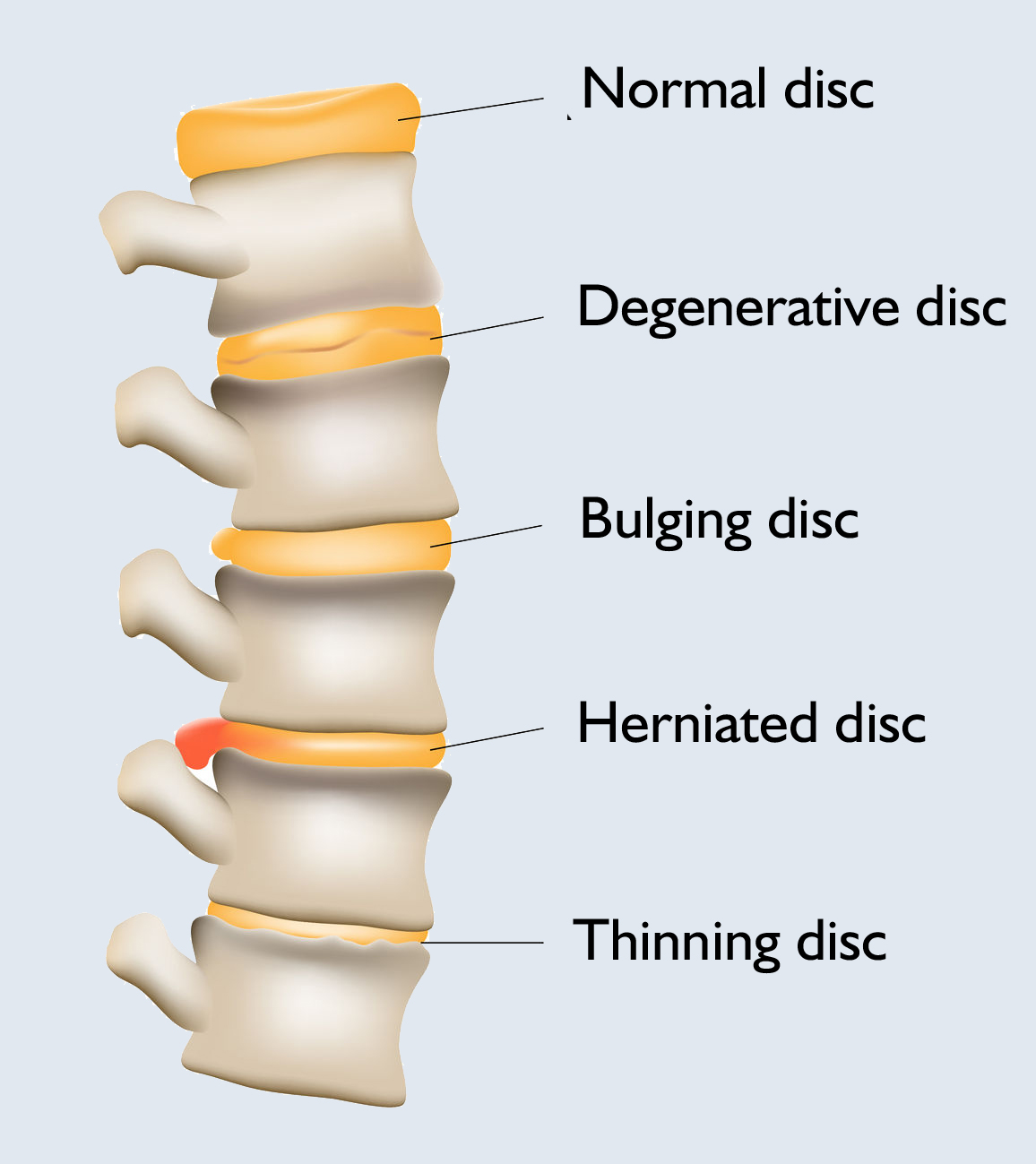Laser Disc Decompression (PLDD - Percutaneous laser disc decompression)
Percutaneous laser disc decompression is an effective and cost-effective intervention for the treatment of herniated disc.
The “percutaneous” procedure means that the target area or organ is reached by a puncture made through the skin, rather than by open surgery.
During PLDD surgery, a laser is used to reach the core of the disc, called the nucleus pulposus.
During the decompression of the disc, the pressure in the affected area is released.

What are the symptoms of a herniated disc in general?
Leg, arm, neck, or lower back pain
In the case of a cervical disc herniation, the pain occurs in the arm or even in the scapular region or even in the clavicular region. Pain may also be felt in the arm when the patient moves their spine in certain positions.
If the disc herniation (spinal hernia) occurs in the patient’s waist, the patient may experience intense pain in the waist or in the buttocks and lower limbs.
Tingling, numbness
Our patients with disc herniation often feel tingling or numbness in the affected part of their body.
Weakness
Muscle weakness is also a consequence of disc herniation.
When may disc decompression with PLDD be required?
- If the patient suffers from severe lower back pain due to a disc hernia (spinal hernia).
- For pain that does not improve despite several weeks of conservative therapy (infusion therapy, physiotherapy, therapeutic massage).
What are the advantages of laser disc intervention?
- Minimally invasive, outpatient procedure
- No general anaesthesia is necessary
- Short surgery
- No incision, no scarring
- Shorter recovery period, rapid rehabilitation
- Complications are very rare
- After surgery, the patient experiences immediate improvement their condition.
How is the laser disc decompression procedure performed?
- During surgery, a hollow needle is inserted into the disc under x-ray control.
- After inserting the needle into the right place, the surgeon passes an optical laser fibre through it, all the way to the centre of the disc, the so-called nucleus pulposus.

- The laser energy atomizes the inner core of the disc. As a result, as the capacity of the disc decreases, the protrusion of the disc ceases.
- As a result of the intervention, the disc no longer presses the surrounding nerves.
- The procedure itself usually takes less than an hour.
How long does the recovery period last after the intervention?
Following PLDD surgery, the patient can leave the hospital that day and is usually able to work within a week after a 24-hour bed rest. Patients who do manual labour can only return to work after 6 weeks after the full recovery.
Convenience services
We accommodate our clients in a modern, pleasant, air-conditioned single room. Each room has a private bathroom, fridge and TV, as well as free WIFI access. We also provide our clients with individual nurse supervision, who will help your continuous recovery during your stay.
